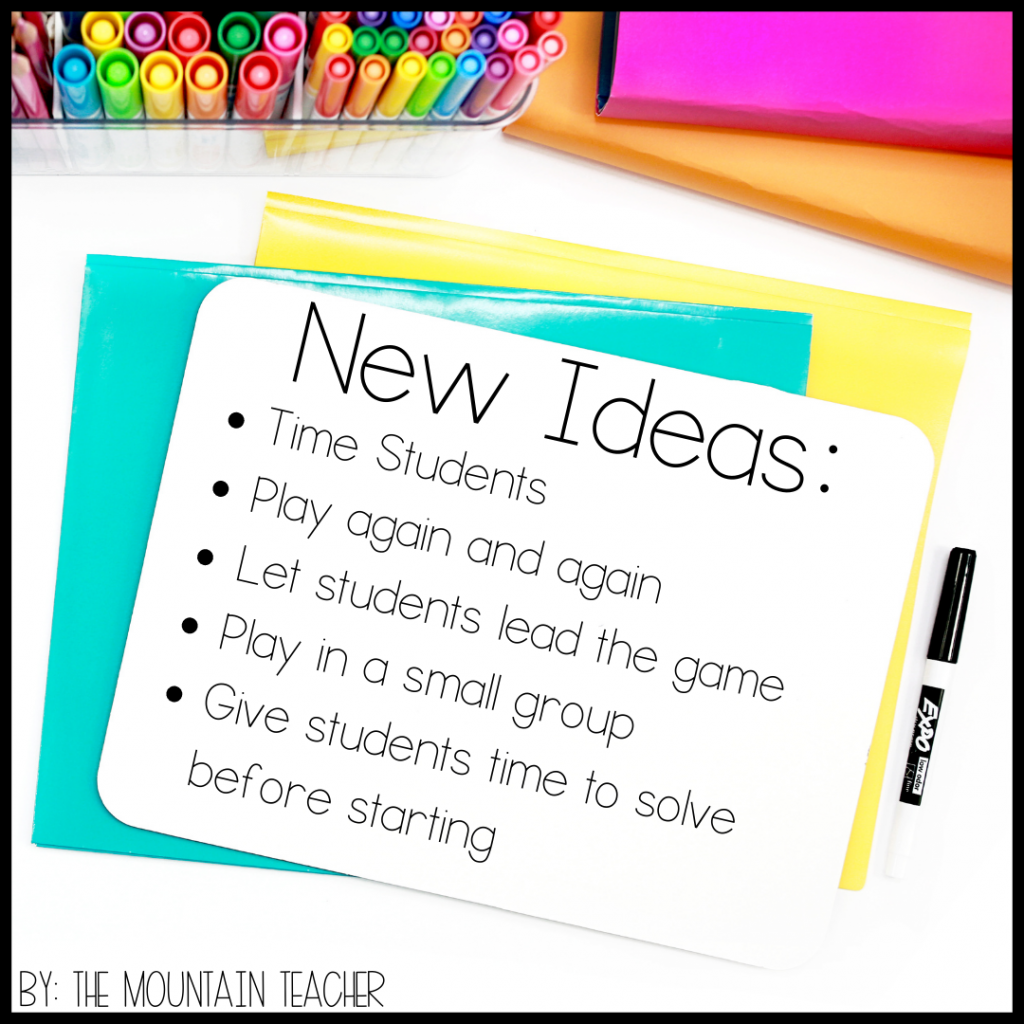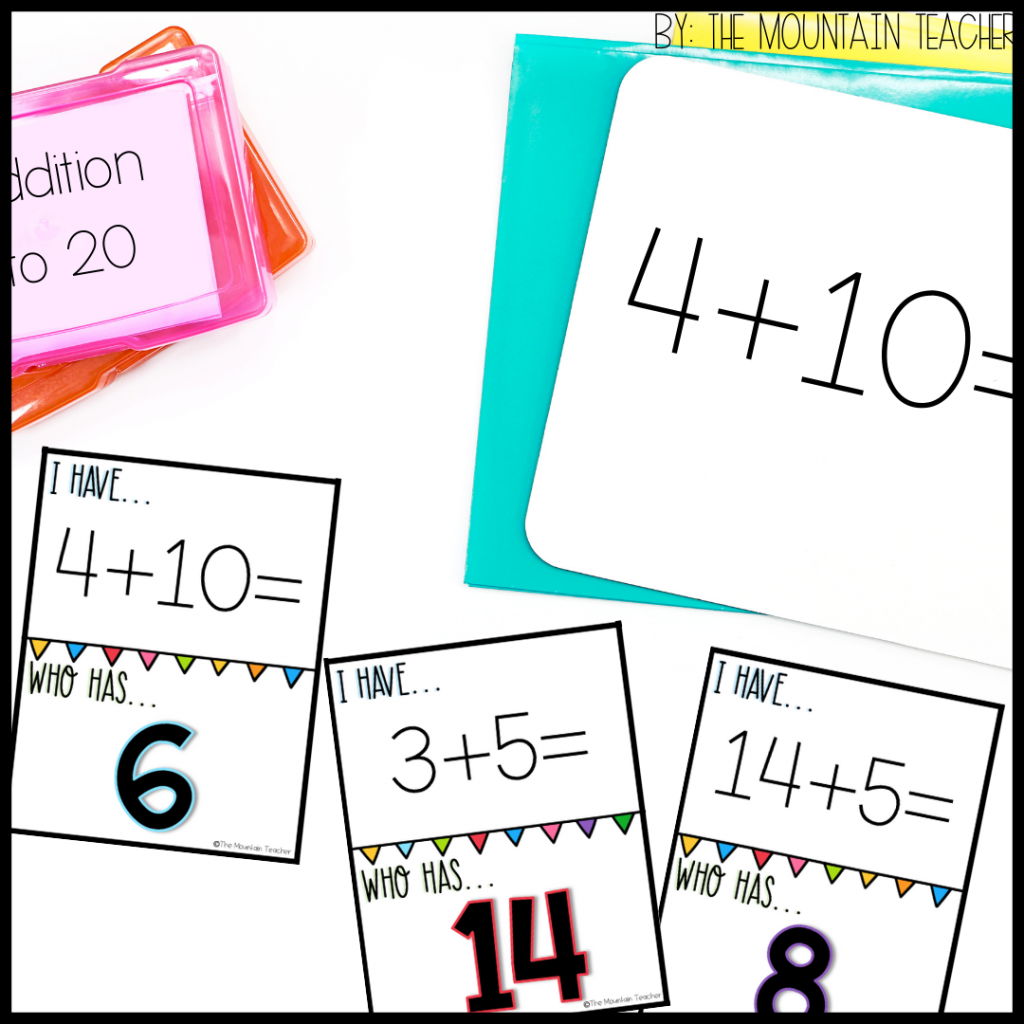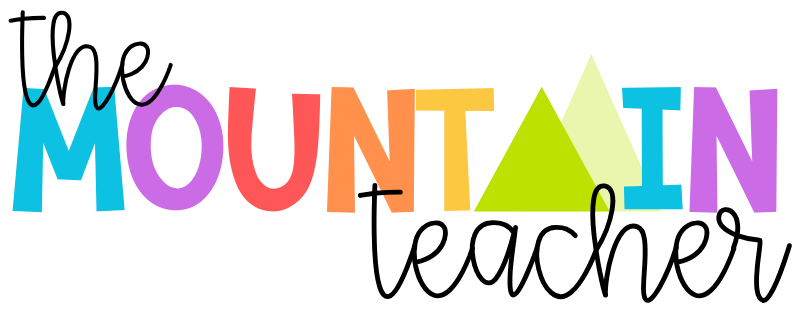The Ultimate Guide on I Have Who Has Games

Are you looking for a fun way to add games into your lessons? Or maybe you are already interested in trying I Have, Who Have Games, but you are not sure where to start. Either way, you are in the right place. This guide to I Have, Who Has games has everything you need to get your students started.

How To Play
I Have, Who Has games are simple. There are a given amount of cards. You need to pass these cards out evenly among the group. For whole group, students typically get one card, and in small groups it can be anywhere from 3-5.
When every student has their card(s), you can say START. Someone will have a card that says “I HAVE THE FIRST CARD, Who Has “. They will then read aloud a problem, and the person who has the answer to that problem will then read “I Have , Who Has _“, and then it will continue until all the cards have been read and the final student reads “I have _, I HAVE THE LAST CARD.”
Typically, this is really fun and students get it quickly. It is worth playing a simple practice deck for students to learn HOW to play the game.

Whole Group Ideas
Some ideas for sprucing up these games during whole group include:
- Playing the same game over and over again and trying to beat the class time. Record it on the board each day to hype students up!
- Having students stand up before they have read their card, and sit down after (this allows the teacher to monitor what is happening better)
- Letting students play a few times in the row by trading cards with each other in between rounds
- Assigning students job to let it be self led – one student passes out cards, another says ready set go, another is in charge of the timer, etc. – This gives the teacher freedom to monitor the class while teaching responsibility to students and giving them ownership of their learning
- Giving students time to solve the problem before setting the timer if it is a more complicated concept
- Letting students write their answer down on a white board, scratch paper or notebook paper before starting
- Letting students check each other’s work to work as a team to complete the activity
- Giving students who might struggle the first or last card, or the same card each day
- Allowing students who feel confident in their work to have multiple cards or a job
- Helping students who struggle solve their card before it is their turn (stand near them to monitor)

Small Group Ideas
There are many ways to play I Have, Who Has games in small group as well. When you play during small group, students will each need to use multiple cards. In addition to the ideas above, some ways to make small group I Have, Who Has more engaging, consider the following:
- Timing each group to see who gets the best time
- Differentiating the problems on the card for the skills appropriate to each group
- Differentiating the number of problems each group is solving
- Allowing time beforehand to solve problems
- Allowing students to write answers down if necessary
- Encouraging group work to help solve problems
- Have students flip the cards over when they are done so they know which they already completed and which they are looking for
Final Thoughts
There are many different ways to use I Have, Who Has games with your students. Hopefully this guide to using I Have, Who Has games has you feeling ready to start in your classroom!
Need other hands on math ideas? Check out my Ultimate Guide to Teaching Math to get your math block flowing better than ever before.
